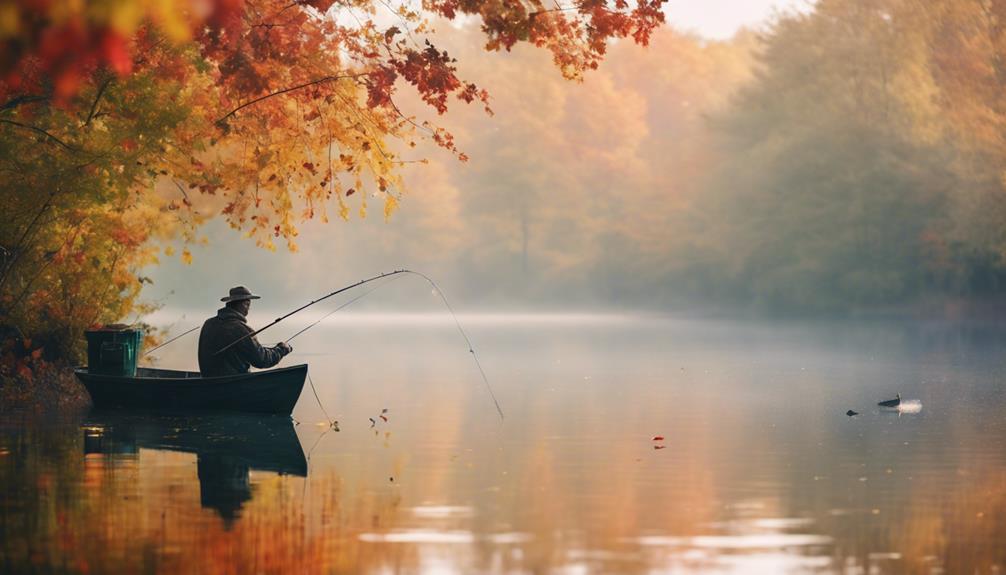Fly fishing is an art that combines skill, patience, and the right equipment. One of the most critical components of a successful fly fishing experience is selecting the best fly fishing flies for your target species and environment. In this comprehensive guide, we’ll delve into various types of flies, how to choose the right ones, and tips for using them effectively. Whether you’re a novice or an experienced angler, understanding the nuances of fly selection can significantly improve your catch rate.
Understanding Fly Fishing Flies: What You Need to Know
Before diving into the specifics of the best fly fishing flies, it’s essential to understand what fly fishing flies are and how they work. Fly fishing flies are artificial lures designed to mimic the appearance and movement of insects, baitfish, or other prey that fish naturally feed on. They are typically made from a combination of materials, including feathers, fur, and synthetic fibers, tied onto a hook. The right fly can entice fish to strike, making it paramount for anglers to select the best options for their fishing conditions.
Types of Fly Fishing Flies: Streamers, Dry Flies, and Nymphs
When discussing the best fly fishing flies, it’s crucial to categorize them into types: streamers, dry flies, and nymphs. Streamers are larger flies that resemble baitfish or larger aquatic creatures, making them ideal for targeting predatory species like bass and trout. Dry flies float on the water’s surface, imitating insects that have just hatched, which is particularly effective during the insect hatch season. Nymphs, on the other hand, represent the underwater life cycle of insects and are often used when fish are feeding below the surface. Understanding these categories will help you choose the right fly for your fishing strategy.
Choosing the Best Fly Fishing Flies for Your Target Species
Selecting the best fly fishing flies also depends on the species you aim to catch. Different fish have varying feeding habits, and thus, the flies you choose should reflect that. For example, if you’re targeting trout, consider using a mix of dry flies, nymphs, and streamers. Popular choices include the Adams dry fly, which imitates various insects, and the Woolly Bugger, a versatile streamer. For bass, consider using larger streamers or poppers that can entice aggressive strikes. Doing research on the specific species in your fishing area will help you tailor your fly selection effectively.
Seasonal Considerations: Matching Flies with Fish Behavior
Fish behavior varies with the seasons, which directly impacts the effectiveness of your chosen flies. In spring and summer, insects abound, making dry flies particularly effective. During these warmer months, fish are often more active and willing to rise to the surface for a meal. Conversely, as temperatures drop in fall and winter, fish tend to retreat to deeper waters, making nymphs and streamers more effective. By understanding the seasonal behavior of fish and matching your best fly fishing flies accordingly, you can enhance your chances of a successful outing.
Local Conditions: Adapting Your Fly Choices to the Environment
Local conditions such as water temperature, clarity, and flow can significantly influence which best fly fishing flies to use. In clear water, fish may become more cautious, making smaller, more natural-looking flies a better option. Conversely, in murky waters, larger, brighter flies that create more disturbance can be more effective. Pay attention to the specific conditions of the water you’re fishing in, including the presence of any local insect hatches, to select the most effective flies.
Essential Fly Fishing Gear: Pairing Flies with Equipment
Choosing the right flies is only one part of the equation; pairing them with suitable fly fishing gear is equally important. Your rod, reel, and line should match the type of flies you’re using and the species you’re targeting. For lighter flies, a more delicate, shorter rod may be ideal, while heavier streamers will require a sturdier rod and heavier line. Ensuring that your gear is appropriately matched to your flies will improve your casting accuracy and help you land more fish.
Fly Fishing Techniques: How to Use Your Flies Effectively
Even the best fly fishing flies can be ineffective if not used properly. Mastering various techniques such as casting, mending, and stripping can make a significant difference in your success. For instance, casting upstream and allowing your fly to drift downstream naturally can mimic the movement of insects in the water. Additionally, practicing the right retrieve technique for streamers—such as short, quick strips—can create an irresistible presentation for predatory fish. Invest time in honing your skills to maximize the effectiveness of your chosen flies.
Where to Find the Best Fly Fishing Flies: Resources and Recommendations
Finally, knowing where to find the best fly fishing flies is essential for any angler. Local fly shops often provide expert advice and a selection of flies tailored to your specific fishing location. Online retailers also offer a vast array of options, allowing you to browse and select flies based on your needs. Joining local angling clubs or forums can also provide valuable insights into what flies are currently working well in your area. No matter where you source your flies, ensure that they are of high quality and suited to your fishing conditions.
Conclusion: Elevate Your Fly Fishing Experience with the Right Flies
In conclusion, selecting the best fly fishing flies is a multifaceted process that requires consideration of various factors, including fish species, seasonal behavior, and local conditions. By understanding the different types of flies, matching them to your target species, and employing effective fishing techniques, you can significantly enhance your fishing experience. Whether you’re just starting or looking to refine your skills, this guide serves as a valuable resource for selecting and using flies that can lead to more successful outings on the water. Happy fishing!
